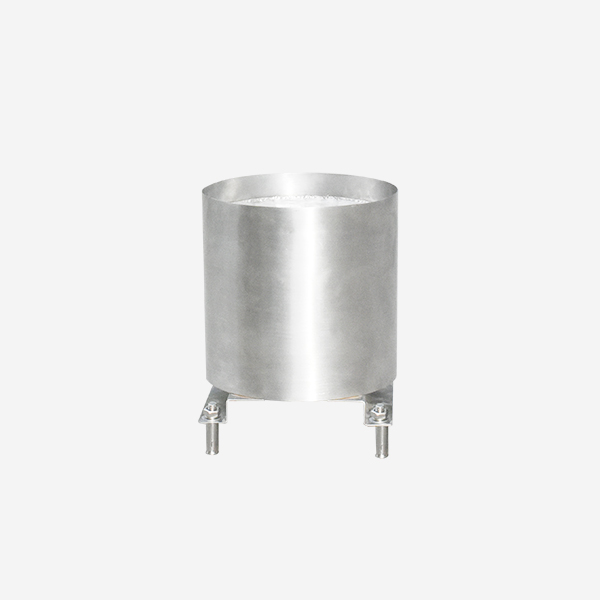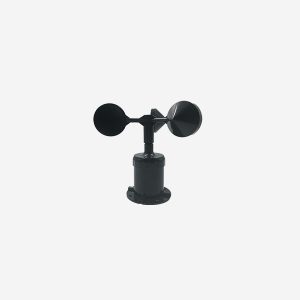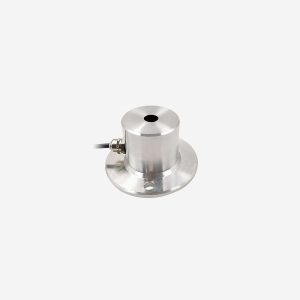Product Introduction :
Stainless steel rain gauges are accepted as the standard for measuring rainfall and other amounts of precipitation in hydrological and environmental tests. The internal tipper structure provides high accuracy in a wide range of rainfall intensities. According to the different materials, we have three types of tipping bucket rain gauge: all stainless steel rain gauge, semi-stainless steel rain gauge and ABS plastic rain gauge.
Ethernet sensor uses Ethernet to transmit, measure rainfall in real time, and transmits using network cable. The device supports active upload and TCP Modbus. This series of products make full use of the ready-made Ethernet network to achieve unlimited distance data acquisition and transmission and centralized control.
* Models:JXBS-3001-YL-DC
* Minimum order quantity: 1 piece
* Delivery time: within 24 hours

Features:
1. Imported originals, fast response
2. Small zero drift and good repeatability
3. Low power consumption, long life
4. The product has been tested by EMC and EMI and has strong anti-interference ability
5. The equipment is stable, reliable and accurate in detection
6. Remote cloud alarm monitoring
Parameters:
Model: JXBS – 3001 – YL – DC
Communication mode: Ethernet
Measurement range: 0.01mm~3mm/min
Material: ABS.
Measurement error: ±3%
Response time: less than 1 second
Power supply: 12V-24V DC
Power consumption: < 1 w
Operating temperature: -10-50℃
Operating humidity: 0-95% (relative humidity), no condensation


Attention:
1.The principle is introduced
The tipper rain gauge works by counting the number of times the tipper falls. The tipping bucket is made of stainless steel and is divided into two semi-conical chambers of equal volume by a middle partition. It is a mechanical bistable structure. While one chamber receives water, the other is waiting. When it rains, the rainwater collected by the water inlet enters the metering bucket through the funnel. When the amount of rainwater received reaches the predetermined value of 0.2mm, the chamber will overturn and wait due to gravity, and the other chamber will be in the state of receiving water. When the amount of water received reaches a predetermined value, the bucket will flip over again and wait. The flip side wall is fitted with magnetic steel, which scans the side of the reed tube to open and close it when the flip is flipped. That is, each time the bucket is overturned, the reed tube will open and send out a pulse or 485 signal. That’s how stainless steel tipper rain gauges work.
2. Install the sensor
First, fix the iron plate under the sensor with four nut screws, and then evenly distribute four screw holes for fixing the iron plate at the lower part of the iron plate base. Use expansion screws to fix the sensor to the required position through the screw holes. Observe the position of the horizontal bubble (yellow), and fix the base tightly on the pre-built platform to keep the whole set of instruments at the best levelness to ensure the accuracy of the rainfall data.

FAQs:
1. Why choose JXCT Rain gauge?
To purchase the best bucket rain gauge, contact us. JXCT is a research and development production to realize the integration of production and marketing manufacturers. There are many types to choose from. Meet your various requirements. Precision manufacturing process. Accurate measurement. Same day delivery.
2. About rain gauge maintenance?
① Rain gauge in the outdoor for a long time, the use of the environment is very bad. Therefore, you should often wipe the inner wall of the drain hole with a soft cloth to keep the rain hole clean. If there are foreign bodies such as leaves in the drainage hole, it should be cleaned in time to keep the waterway unblocked. If the rain gauge is not in use for a long time, cover the ring mouth of the gauge with a protective rain mouth.
② The rain gauge is generally cleaned once a month for a long time, and cleaned once every three months.
③ Tipping bucket is the key component of rain gauge, which directly affects the measuring accuracy of the instrument. Over time, a small amount of dust or oil will be deposited on the inner wall of the tipping bucket. Therefore, the tipping bucket should be cleaned. When cleaning, the inner wall of the bucket can be washed repeatedly with water or gently brushed.






Reviews
There are no reviews yet.